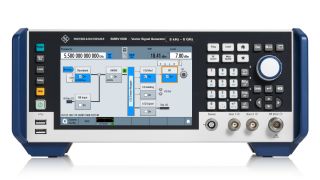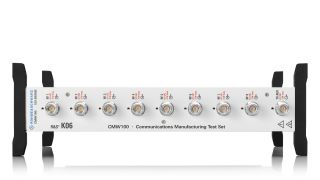Overview of Bluetooth® Classic
Bluetooth® Classic is a frequency-hopping spread spectrum (FHSS) system that streams data in the 2.4 GHz ISM frequency band. The initial target was proving low-power data connection with up to 700 kbit/s in an ad hoc network using protocol stack profiles such as audio, file transfer or streaming. Bluetooth® Classic is implemented in most mobile phones and laptops to enable wireless connectivity between different devices. Most new cars also offer Bluetooth®-enabled in-car entertainment (ICE) system and hands-free calling systems.
In addition to Bluetooth® basic rate (BR), Bluetooth® enhanced data rate (EDR) was introduced with Bluetooth® specification 2.0. EDR provides a faster data rate, supporting up to 2-3 Mbit/s, depending on the used modulation.

















